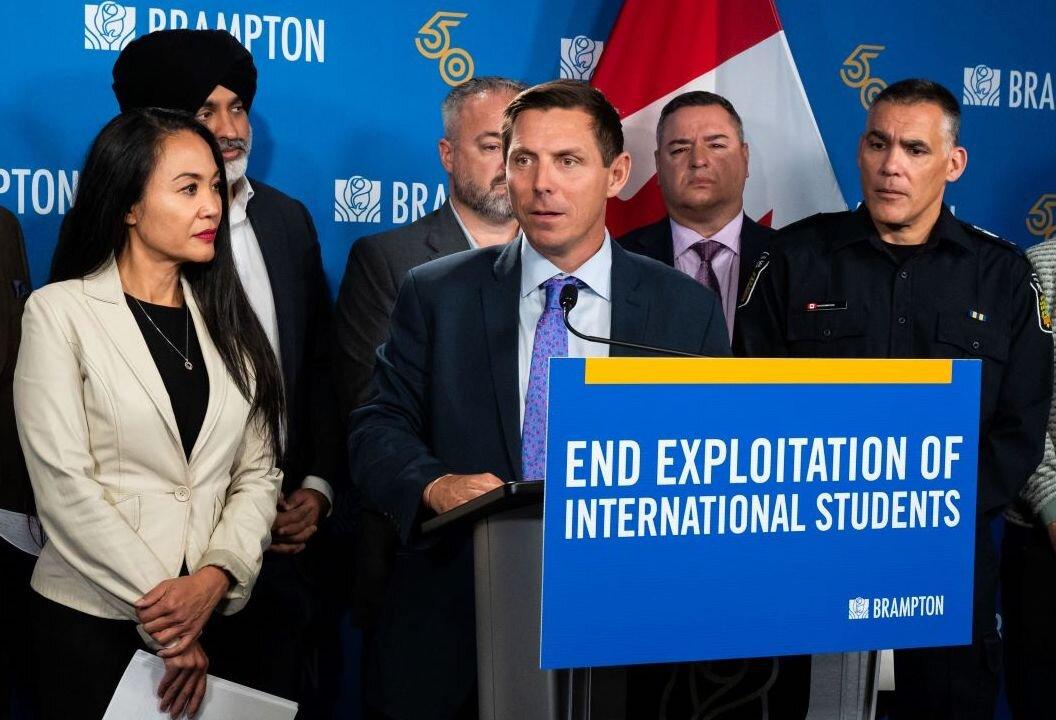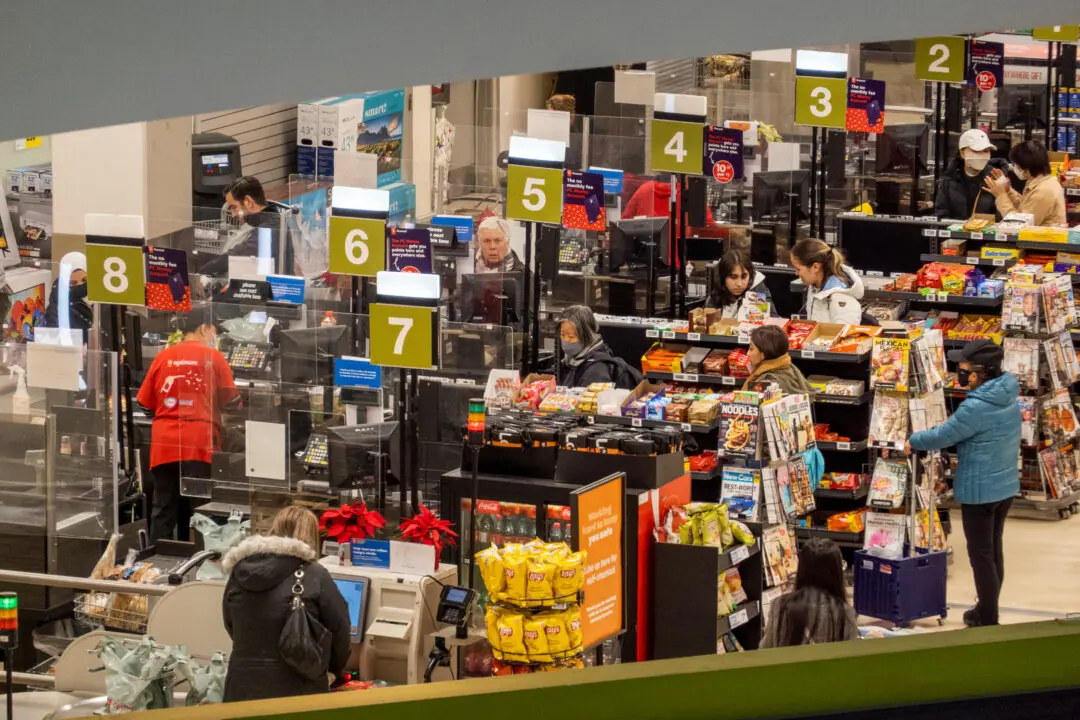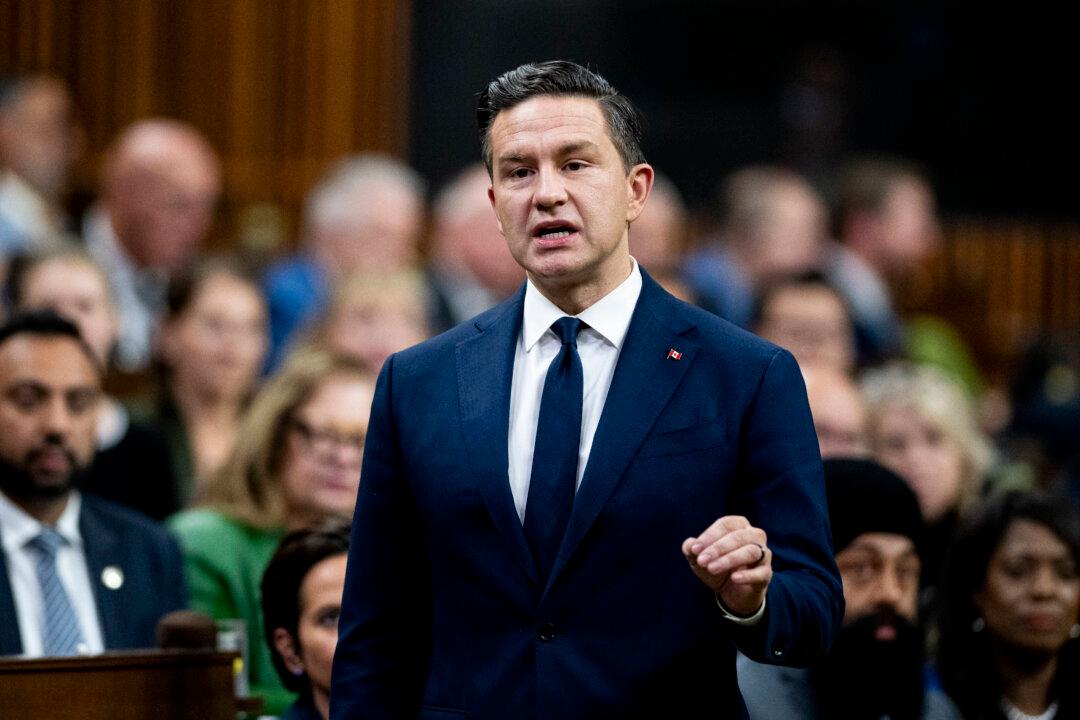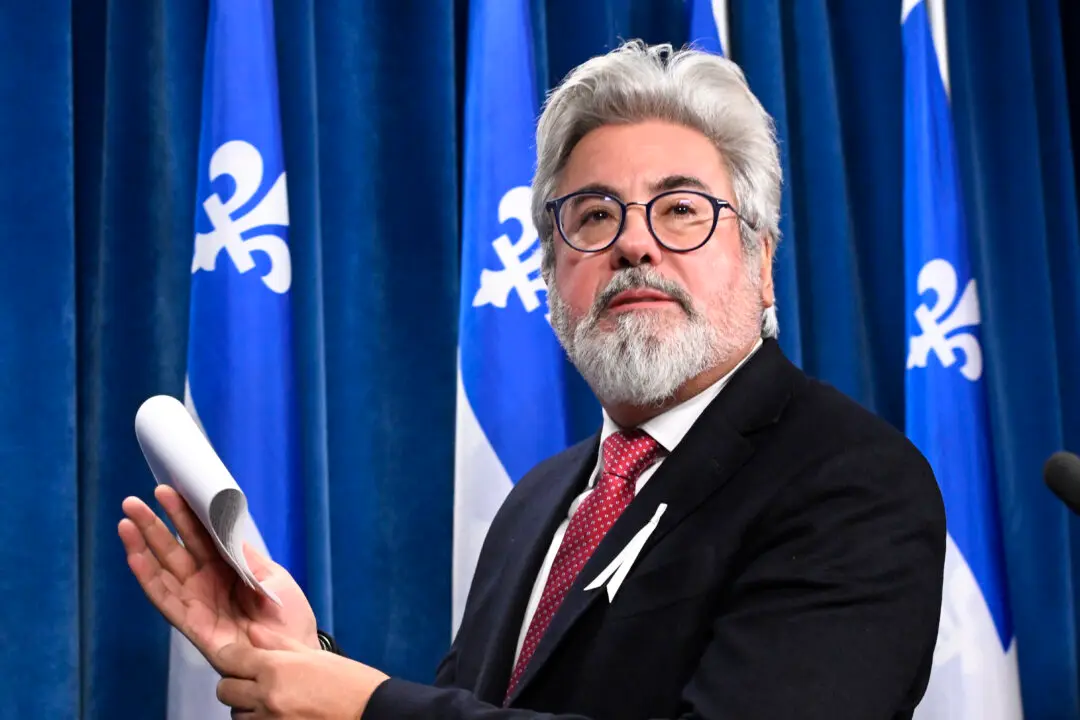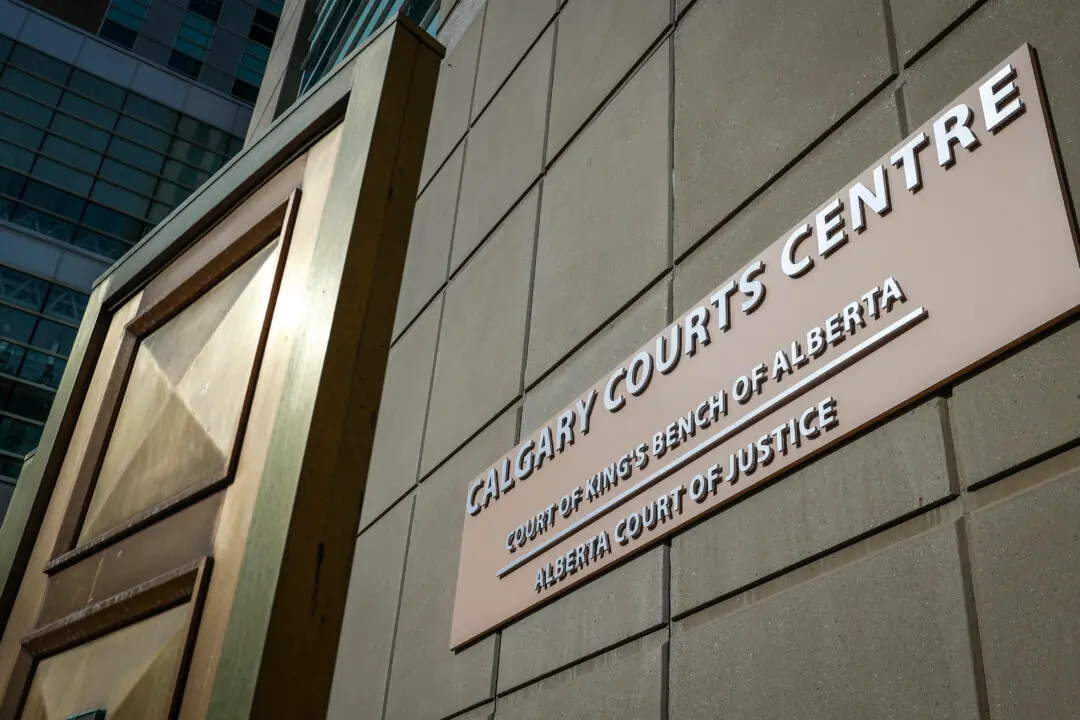International students are increasingly at risk of being victimized by human traffickers while studying in Canada, a southern Ontario mayor says.
Brampton, a city located less than an hour north of Toronto, is home to thousands of foreign students many of whom face financial challenges, Mayor Patrick Brown said during an Oct. 23 press conference. Housing insecurity and a lack of adequate institutional support make the students prime targets for exploitation and trafficking, he said.
